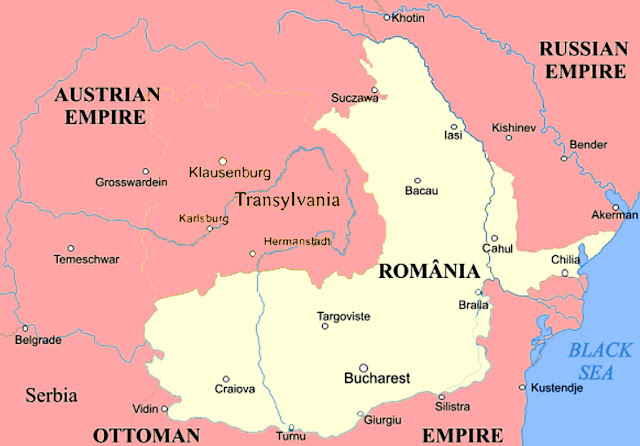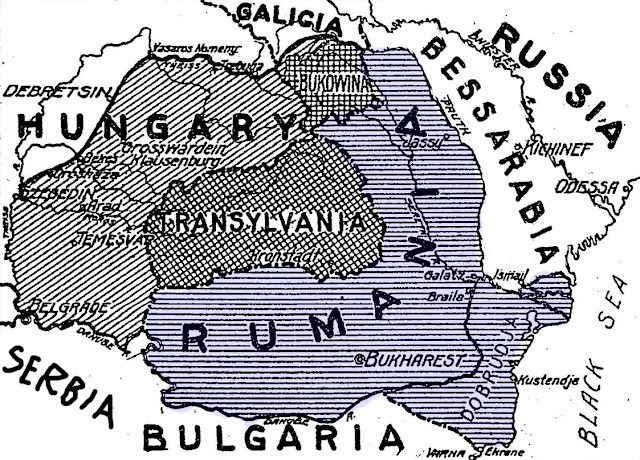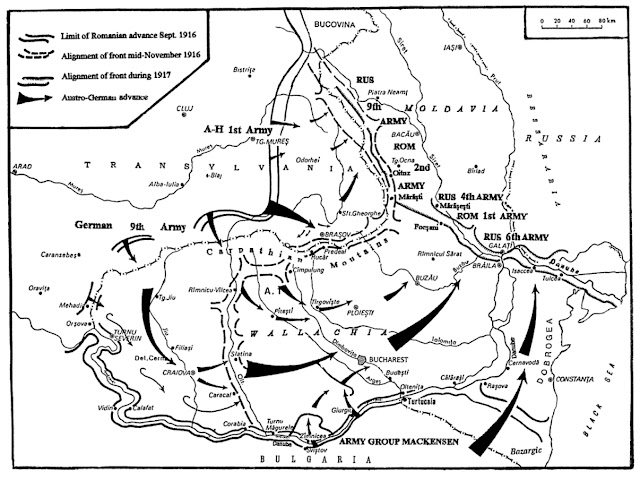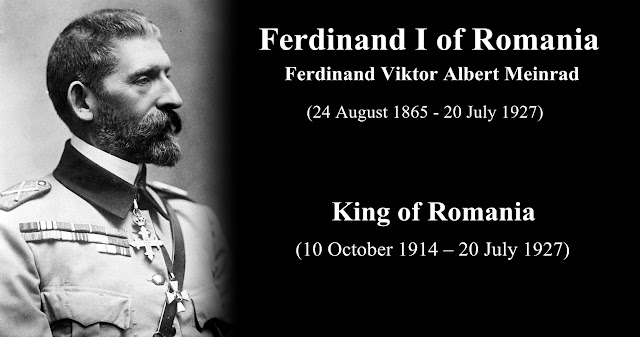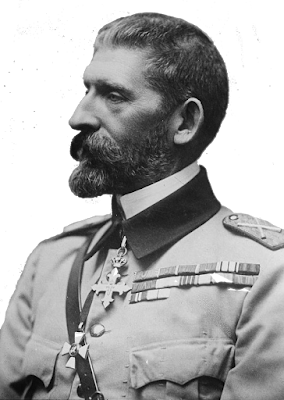Monday, April 10, 2023
The Romanian 1918 Great Union
The Romanian revolution in 1848 already carried the seeds of the national dream of a unified and united Romania. The first step in re-unifying Romanians was to establish The United Principalities of Moldavia and Wallachia in 1859, which became known as Romania since the 1866 Constitution and turned into a Kingdom in 1881, after gaining independence from the Ottoman Empire.
By the outbreak of war in Europe in 1914, Romania had long been at odds with Austria-Hungary over the issue of territory—specifically Transylvania, which was ethnically Romanian but then part of Hungary. Seeing Russia’s success against Austria on the battlefields of the Eastern Front during the summer of 1916,
Romania hoped to make an advantageous entry into the war in order to realize long-held dream of national unity. On August 18, 1916, the Romanian government signed a secret treaty with the Allies. By its terms, in the event of an Allied victory Romania would acquire Transylvania, up to the River Theiss, the province of Bukovina to the River Pruth, and the entire Banat region, all territory under Austro-Hungarian control.
On August 27, Romania fulfilled its treaty obligation by declaring war against Austria-Hungary, and launched three armies of 440,000 men the same night across the passages of the Southern Carpathians. The advance of the Romanian Army was unopposed, as Austria-Hungary did not station considerable forces along the Romanian border. By mid-September, however, the attack was
halted, as German-Bulgarian troops advanced into Dobruja and threatened to outflank the Romanian Army from the south-east. In October the Romanian Army was pushed out of Transylvania with the help of German reinforcements. By the end of 1916 the capital Bucharest fell, along with Wallachia and Dobruja, under the control of Central Powers and the Romanian government retreated to Iași. After several defensive victories in 1917, with Russia's withdrawal from the war following the October Revolution, Romania, almost completely surrounded by the Central Powers, was also forced to drop out of the war. On 7 May 1918, in light of the existing politico-military situation, Romania was forced to conclude the Treaty of Bucharest with the Central Powers.Romania had to return Southern Dobruja, and to cede the southern part of Northern Dobrujato Bulgaria, and to give Austria-Hungary control of the passes of the Carpathian Mountains. King Ferdinand, however, refused to sign the treaty.
Following the Russian Revolution of 1917, Bessarabia elected its own parliament, Council of the Country in October–November 1917, which opened on December 3 1917, and proclaimed the Moldavian Democratic Republic on December 15 1917. In January
1918, the Council of the Country called on Romanian troops to protect the province from the Bolsheviks who were spreading the Russian Revolution. After declaring independence from Russia on 24 January 1918, the Council of the Country voted for union with Romania on 9 April 1918. Of the 138 deputies in the council, 86 voted for union, 3 against, 36 abstained, and 13 were not present. The Central Powers recognized the Union of Bessarabia with Romania in May 1918. Also The United Kingdom, France, Italy and Japan recognized the incorporation of Bessarabia after the war, through the Treaty of Paris. The United States and the Soviet Union however refused to do so.
On 10 November 1918, just one day before the German armistice and after all the other Central Powers had already capitulated, Romania re-entered the war after the successful Allied advances on the Macedonian Front.The first Romanian troops enter Hungary and occupy the Tulgheş mountain pass accessing the Székely Land Region on November 12, 1918. With the collapse of Austria-Hungary in November 1918, both the local Romanian National Council and the Ukrainian National Council based in Galicia claimed the region of Bukovina. A Constituent Assembly on 27 October 1918 formed an Executive Committee, to whom the Austrian governor of the province handed power. After an official request by Iancu Flondor, Romanian troops swiftly moved in to
take over the territory, against Ukrainian protest. Although local Ukrainians attempted to incorporate parts of northern Bukovina into the short-lived West Ukrainian People's Republic, this attempt was defeated by Polish and Romanian troops. Under the protection of Romanian troops, the Romanian Council summoned a General Congress of Bukovina for 28 November 1918, where 74 Romanians, 13 Ruthenians, 7 Germans, and 6 Poles were represented. The Congress elected the Romanian Bukovinian politician IancuFlondor as chairman, and voted for the union with the Kingdom of Romania, with the support of the Romanian, German, and Polish representatives. The Ukrainians did not support this. The reasons stated were that, until its takeover by the Habsburg in 1775, Bukovina was the heart of the Principality of Moldavia. Romanian control of the province was recognized internationally in the Treaty of Saint Germain in 1919.
On December 1, 1918, the National Assembly of Romanians of Transylvania and Hungary, consisting of 1,228 elected
representatives of the Romanians in Transylvania, Banat, Crişana and Maramureş, convened in Alba Iulia and decreed by unanimous vote the unification of those Romanians and of all the territories inhabited by them with Romania. The next day, on December 2, 1918, the High National Romanian Council of Transylvania formed a government under the name of Directory Council of
Transylvania, headed by Iuliu Maniu. On December 11, 1918, King Ferdinand signed the Lawregarding the Union of Transylvania, Banat, Crişana, the Satmar and Maramureş with the Old Kingdom of Romania. Romanian control of these provinces was recognized internationally in the Treaty of Trianon in 1920.
After the incorporation of Transylvania, Bukovina and Bessarabia, the Romanian state reached its largest peacetime geographical extent ever: 295,049 km2.
